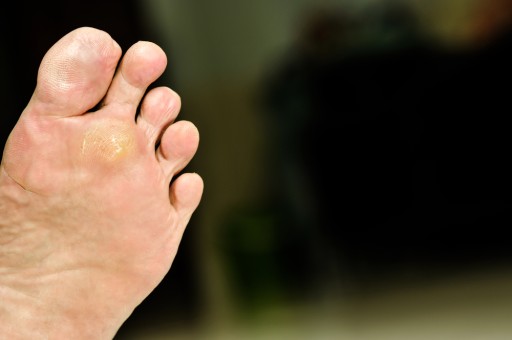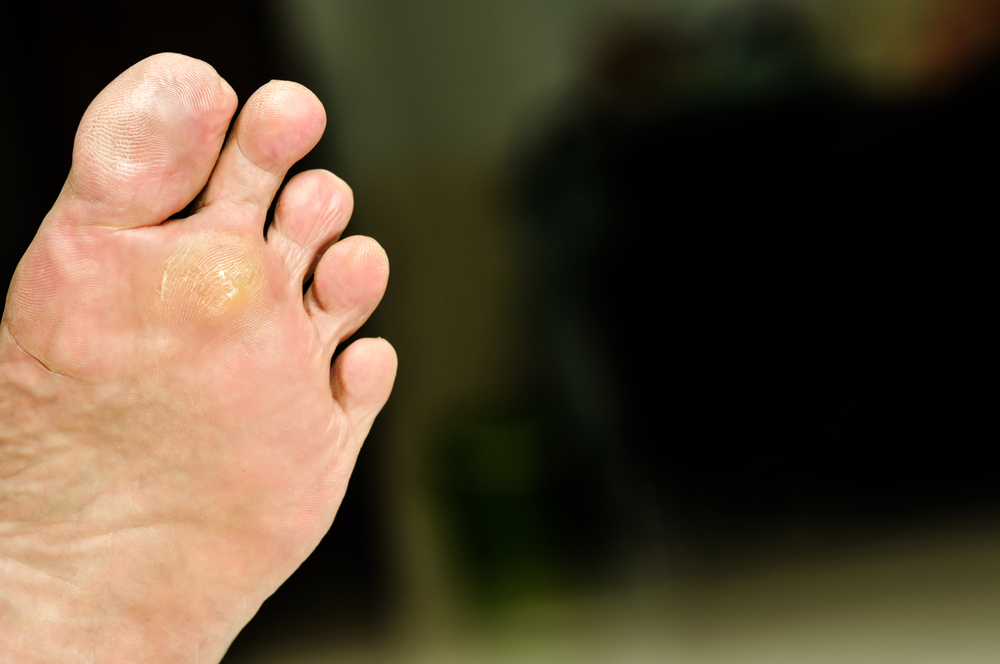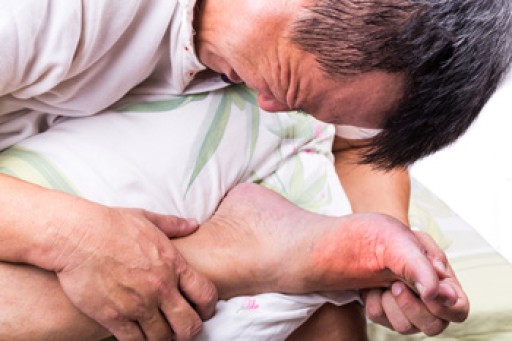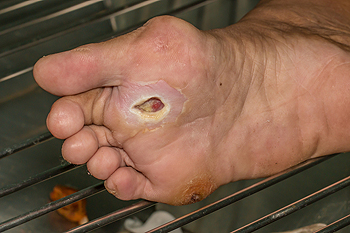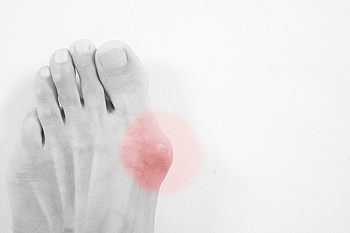Research has indicated that flip flops are not the best shoes to wear. They can be difficult to keep on the feet, and the toes may strain in an effort to keep them on. Additionally, they have limited arch support, and cracked heels may develop as a result of the open back that flip flops have. A common foot condition that could gradually develop from frequently wearing this type of shoe may include plantar fasciitis. This affects the tendon that runs along the bottom of the foot which connects the toes to the heel. It may become inflamed as a result of wearing this shoe, which generally lacks adequate support and cushioning. If you wear flip flops for the majority of your day, it may be beneficial to alternate with shoes that have a closed back. Please consult with a podiatrist if you would like additional information about how flip flops may affect the feet.
Flip-flops can cause a lot of problems for your feet. If you have any concerns about your feet or ankles, contact one of our podiatrists from Foot Health Center of Merrimack Valley. Our doctors will assist you with all of your foot and ankle needs.
Flip-Flops and Feet
Flip-flops have managed to become a summer essential for a lot of people. While the shoes may be stylish and easy to slip on and off, they can be dangerous to those who wear them too often. These shoes might protect you from fungal infections such as athlete’s foot, but they can also give you foot pain and sprained ankles if you trip while wearing them.
When Are They Okay to Wear?
Flip-flops should only be worn for very short periods of time. They can help protect your feet in places that are crawling with fungi, such as gym locker rooms. Athlete’s foot and plantar warts are two common fungi that flip-flops may help protect your feet against.
Why Are They Bad for My Feet?
These shoes do not offer any arch support, so they are not ideal for everyday use. They also do not provide shock absorption or heel cushioning which can be problematic for your feet. Additionally, you may suffer from glass cuts, puncture wounds, and stubbed toes since they offer little protection for your feet.
More Reasons Why They Are Bad for Your Feet
- They Slow You Down
- May Cause Blisters and Calluses
- Expose Your Feet to Bacteria
If you have any questions, please feel free to contact one of our offices located in North Andover, and Tewksbury, MA . We offer the newest diagnostic and treatment technologies for all your foot care needs.





